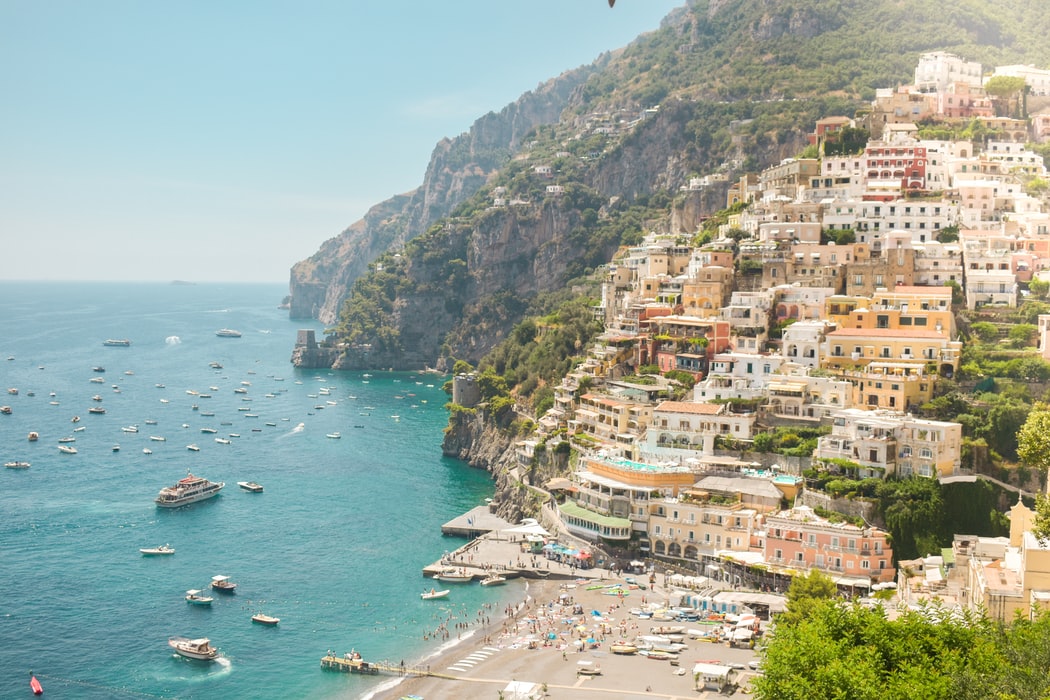Culture & Lifestyle
North America
Published on July 17, 2014
Vines 101: A History of Napa Valley Wine
By Kathy Stewart
To the Wappo Indians who first inhabited the valley, “Napa” meant a land of plenty. Spawning salmon filled the waterways, clouds of migrating waterfowl darkened the skies, and the valley floor served as home to wildcats, elk, black bear and grizzlies. Wild grapes also grew in abundance, but it took early settlers such as George Calvert Yount to recognize the valley’s potential for cultivating wine grapes. Establishing the first local homestead in what is now Yountville in 1836, Yount was the first to plant vineyards in the valley.
Although Yount was the first to raise grapes in the Napa Valley, it seems doubtful he had the inclination to cultivate fine wines. That distinction goes to several German immigrants who arrived in the 1870s. First was Jacob Schram (who barbered by night and planted vines by moonlight), Charles Krug, Jacob Beringer, and Gottlieb Groezinger.
An Early Boom (and A Legal Bust)

The 1870s marked tremendous growth in the Napa Valley wine industry. Local viticulture clubs began with Charles Krug, chosen president of the largest. (Generally speaking, we use “viticulture” when talking specifically about the science and practice of growing grapes, and “viniculture” to discuss the process of making wine.) It was at this time that the Beringer brothers established their winery, complete with a cellar dug into the hillside—an architectural and masonry feat. Adding to the growth of the industry was an outbreak of phylloxera in French vineyards—a fatal plant disease that attacks the roots. Napa wineries continued to expand.
Unfortunately, this led to overproduction. In the late 1880s, growers were all feeling the pinch, and Charles Krug cellar and vineyards went into receivership. More bad times loomed in the form of a general nation-wide depression in 1890. But the blow that brought the valley growers to their knees was the discovery that the dreaded, grapevine-ravaging phylloxera, for which there was no cure, had infected the vineyards of the entire area. By the turn of the century, almost every vineyard had been ruined.
Plantings of hardier varieties brought fresh hope. Viticulture looked to be getting back on track. But those bright hopes were dashed by a new cataclysm. It was called Prohibition. For the grape-growing Italians, who considered wine the elixir of life, the law was inexplicable madness. One Italian continued selling wine because he believed wine to be “a natural way of life.” He was, naturally, arrested.
Prohibition lasted fourteen years, from 1920 to 1933. Some vintners survived by making sacramental or pharmaceutical wines. But for others, it would take years to build back their businesses. Still, one thing was clear—there would be no returning to wheat or cattle raising. Napa Valley was on its way to becoming America’s premier wine region.
Wine on the Rise

By 1966, wine was becoming fashionable, not only in California, but also across the nation. Between 1966 and 1972, wine consumption doubled. Visitors started pouring into the area to look, sample and buy. By the mid-‘70s there were again more than 50 wineries in operation in Napa Valley, and a new promotional technique had been developed—wine tasting. In order to let the public see how great the product was, vintners opened their doors and uncorked their bottles for sampling. Many opened their cellars for touring. Add to it all an outstanding showing by Napa Valley wines in a 1976 blind taste test with some of the world’s most prestigious wineries in France, and the world-wide wine community was beginning to take notice.
In the 1980s, viticulture became a sort of dream occupation, a creative endeavour that could be both financially rewarding and personally satisfying. New wineries popped up almost overnight; many operated by individuals drawn into the field because they savoured living close to the soil.
Today, the Napa Valley thrives on being on the cutting edge in both wine making and production, with a fruitful future ahead.

